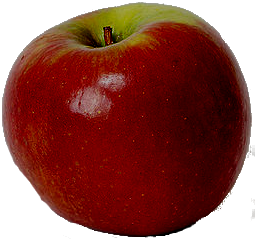Alternative Base Addition
From Coder Merlin
Revision as of 09:35, 19 July 2019 by Chukwuemeka-tinashe (talk | contribs) (→Addition (Decimal System))
Within these castle walls be forged Mavens of Computer Science ...
— Merlin, The Coder
Prerequisites[edit]
Addition (Decimal System)[edit]
Addition is a basic (and critical) operation. Important properties of addition include:
- Addition is commutative, meaning that the order of the operands does not matter
- Addition is associative, meaning that when we're adding more than two operands, the order that we perform the addition does not matter
- The identity element for addition, also termed the additive identity, is zero
- The operator for addition is the plus () sign
- The operands for addition are called addends
Let's review how we perform addition in the number system with which we are most familiar, the decimal system.
There are a few simple rules when adding non-negative, whole numbers:
- Align the addends vertically, flush right. (This step ensures that the position multiplier is the same for both addends in each column.)
- Starting from the right-most column, add the two digits. If the sum exceeds the quantity that can be represented with a single digit, carry a one to the column to the left.
- Repeat the process with the column to the left until reaching the final column.
Let's look at a few examples:
To add we:
|
|
Topic Headers[edit]
Key Concepts[edit]
Exercises[edit]
References[edit]
- Addition (Wikipedia)







